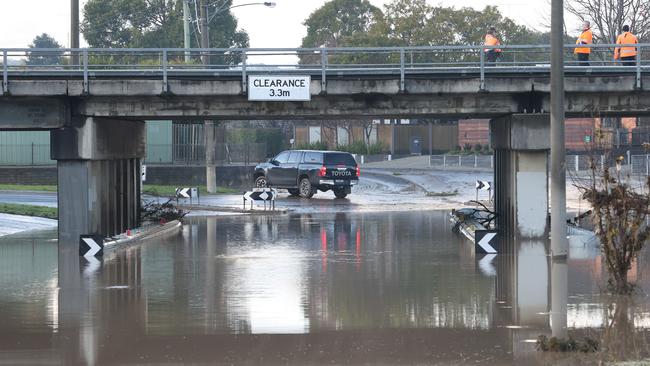Negative IOD: Wet winter and spring for southeast Australia
Farmers have started thinking about how they prepare for a wetter than average winter, especially in flood-hit Gippsland.

The Indian Ocean Dipole has dipped well into negative territory for the past four weeks, heralding a wet winter and spring for southeastern Australia.
While a negative IOD event is not usually declared until it has remained at or below -0.4 for at least eight weeks, the Bureau of Meteorology climate model and that of the United Kingdom Met Office are already predicting that threshold will be well past that point by next month.
Another two climate models run by the European Centre for Medium Range Weather Forecasts and the Meteorological Service of Canada anticipate the negative IOD event will have developed by August.
However the BOM does warn: “model accuracy remains relatively low in early June, but steadily improves throughout winter. Longer lead outlooks should still be viewed with some caution”.
A negative IOD event results in the build-up of warm water off northwest Australia, which then provides more moisture to weather systems that stream across the nation to the southeast.
Gippsland farmers will be hoping the IOD delivers slow and steady falls, rather than the big dump they saw last week from an east-coast low that pushed into the region, with properties around Yarram and Won Wron recording close to 150mm of rain.
Giffard farmer Trent Anderson was still digging ditches to drain water off his pastures and crops today, after his properties were hit with falls ranging from 85mm at the house to 129mm on the northern blocks.
After three years of drought Mr Anderson said he couldn’t believe he was now hoping for sunshine and wind to dry out the country.
“No wonder people think we (farmers) are a bunch of whingers,” he said.
But Mr Anderson said most of his wheat and canola crops on higher ground appeared to be fine, but about 5 to 15 per cent of those in low lying areas were under water.
Further west Won Wron dairy farmer Paul Mumford recorded 145mm in the gauge, with most of it running of soil that had already been saturated by rainfall from six weeks ago.
“We’re just 17 days in, but we’re looking at the possibility of a wet and horrible winter,” Mr Mumford said.
He said the strategy now was to keep cows warm and full on sacrifice paddocks to protect valuable pasture from pugging.
MORE


